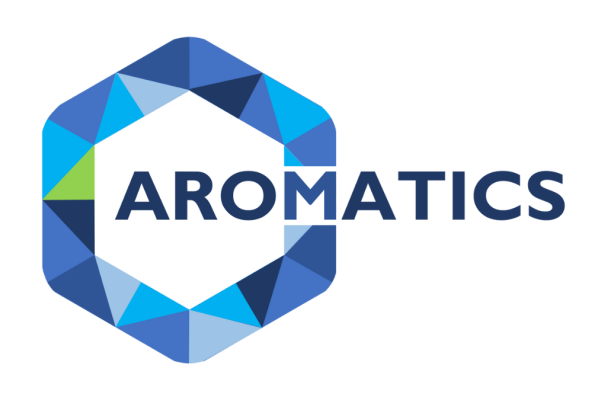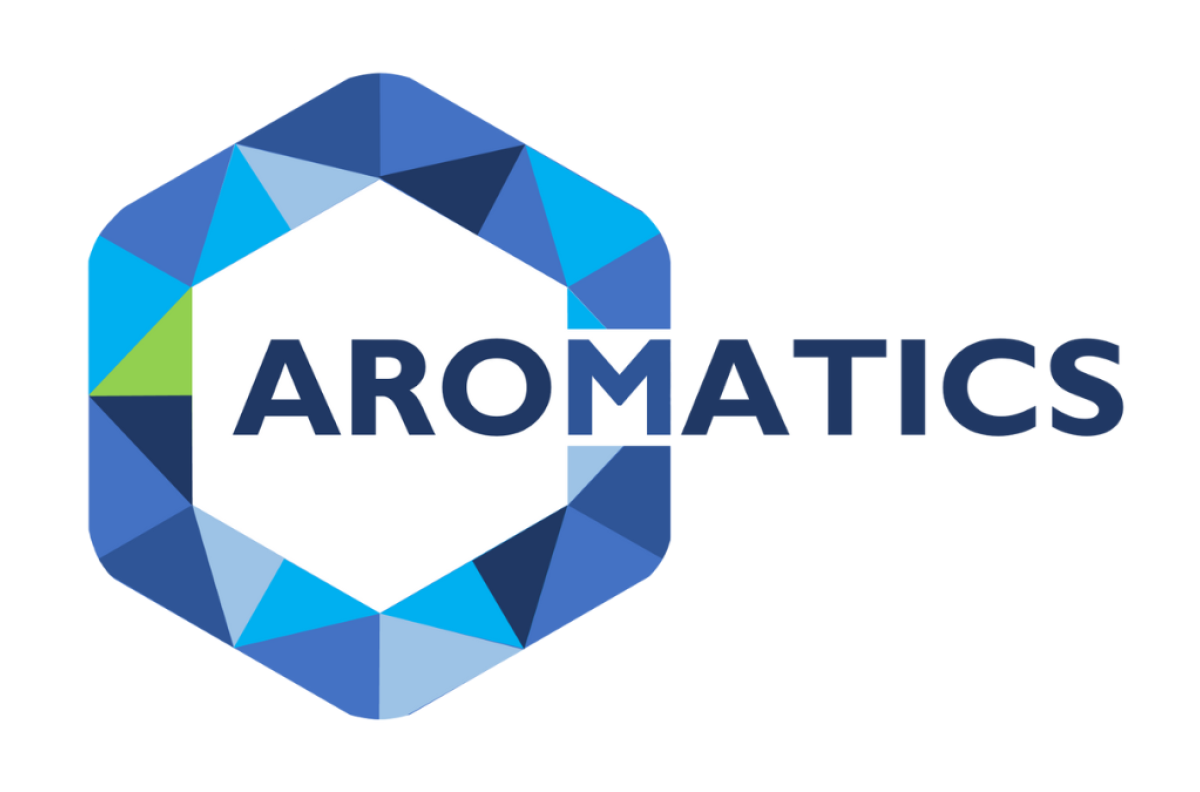Projects
01-04-2023 - 30-03-2026 /
The Netherlands
AROMATICS: Aromatic Renewables as an Opportunity for Materials with Improved Circularity and Sustainability

Fourteen partners join forces in the AROMATICS project, which stands for Aromatic Renewables as an Opportunity for Materials with Improved Circularity and Sustainability. They aim to reduce the dependence of the existing value chain on fossil-derived aromatic chemicals; from the chemical industry up to brand owners. The project partners will accomplish this by developing processes to produce aromatics from renewable feedstock. This 3-year project is performed with MOOI-funding from the Dutch Ministry of Economic Affairs & Climate.
Involvement of the entire bio-aromatic value chain
The primary aromatic chemicals benzene, toluene and xylenes (‘BTX’) and derivatives including terephthalic acid, phthalic anhydride and styrene are currently made from fossil carbon sources. Technologies to produce them from renewable carbon feedstock such as biomass or CO2 are in early stages of development. In order to speed up bringing promising lab-scale bio-aromatics production methods to a higher level of technology readiness, a collective of renewable carbon feedstock suppliers, chemical technology providers and end users that rely on aromatics in their products have joined forces to achieve this goal.
Three technology platforms
The consortium will focus on three technology platforms:
- The Bio-BTX platform uses carefully selected residual biomass for thermo-chemical conversion to a BTX mixture. The components of the mixture will then be converted via an innovative photo-oxidation process to existing bulk aromatics benzaldehyde, benzoic acid and phthalates.
- The second platform takes bioethanol-derived C4 building block crotonaldehyde as a starting point which, after dimerization, yields methylbenzaldehydes. Their further oxidation leads to terephthalic acid and phthalic anhydride.
- Finally, furanics, i.e. furans derived from five- and six-carbon carbohydrates, are the basis of the third platform. These will be converted via a Diels-Alder / aromatization sequence to either bio-based versions of existing (‘drop-in’) aromatics or look-alike (‘near-drop-in’) aromatics with a structure that strongly resembles existing ones.
Performance & life cycle analysis
The toxicity of novel intermediates will be evaluated with in-vitro bioassays. Both intermediates and final building blocks will be tested for their performance in coatings, lubricants, high-performance polyamides as well as in fragrance formulations. Gate-to-gate techno-economic and cradle-to-grave life cycle analyses will establish the feasibility of the processes in terms of commercial potential and sustainability.
Project partners

Partners of the project are feedstock/technology provider Avantium, bio-aromatics technology companies BioBTX and Relement, knowledge institutes TNO – under the flag of Biorizon Shared Research Center, Wageningen Food & Biobased Research and Utrecht University, contract synthesis company Symeres, greentech engineering consultant TransitionHERO, flavour and fragrance producer IFF, home and personal care products manufacturer Unilever, coating resins and paint producers Allnex and Akzo Nobel, toxicity testing service provider BioDetection Systems, and aramide fiber producer Teijin Aramid.
For more information, please contact Biorizon's Sugar Horizon Manager Paul Könst at paul.konst@tno.nl or +31 (0) 6 25 04 13 79







